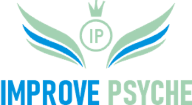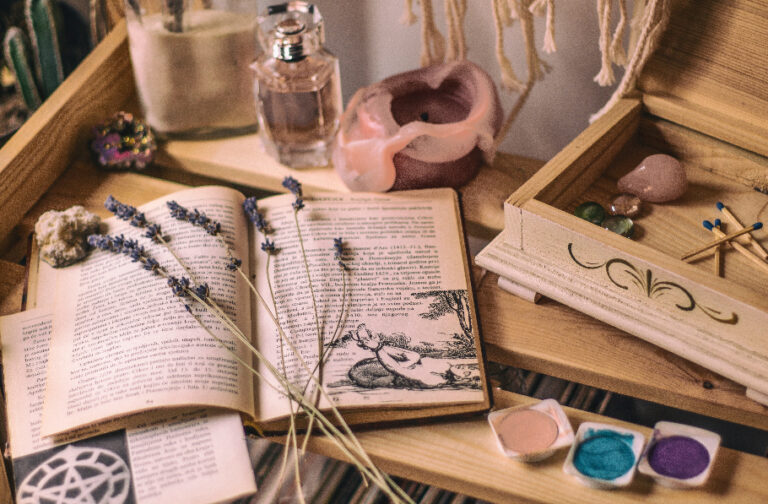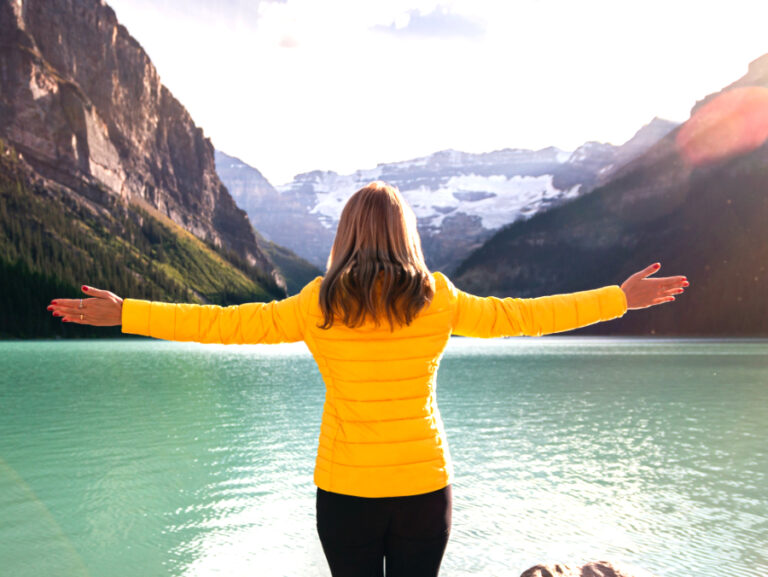12 Easy Anxiety Coping Techniques
What is Anxiety?
Anxiety is a broad term that encompasses a range of mental health disorders that are characterized by excessive worry, fear, and nervousness. It is a prevalent mental health issue that affects millions of people worldwide. It can be overwhelming and disrupt our daily routine, affecting our work, relationships, and overall quality of life. Fortunately, there are various coping techniques and tricks that can help individuals manage their anxiety symptoms. In this blog post, we’ll discuss some of the most effective self-help techniques for anxiety relief.
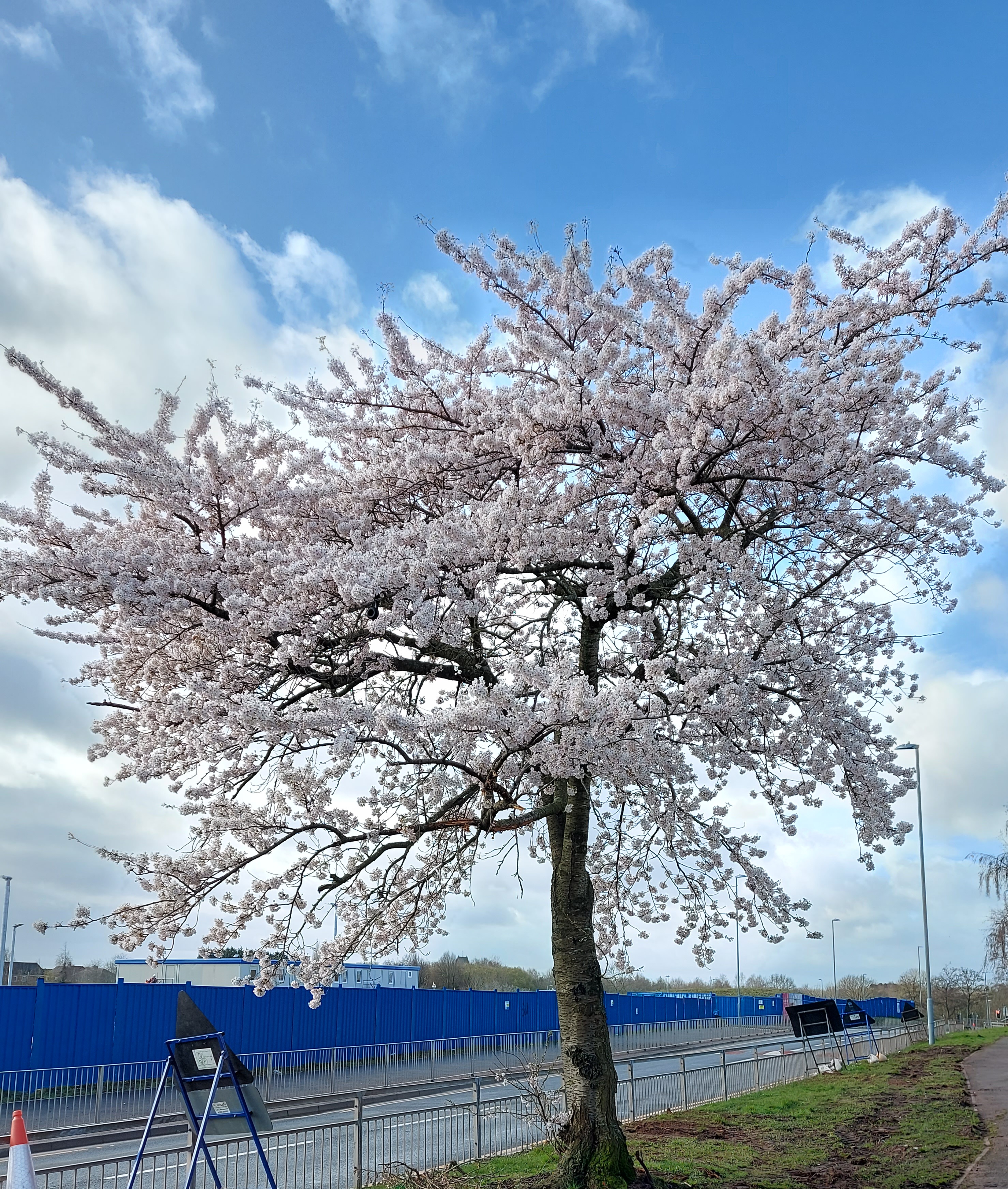
Anxiety is a normal human response to stress and danger. It is a feeling of fear, nervousness, or unease about something that may happen in the future or a situation that one perceives as threatening. While it is normal to experience anxiety from time to time, it can become a problem when it is persistent and affects an individual’s daily life, that then can become an anxiety disorder.
Anxiety disorders are a group of mental health conditions characterized by excessive and persistent feelings of anxiety and fear, and they can have a significant impact on an individual’s ability to function in their daily life. Symptoms of anxiety can include excessive worrying, restlessness, difficulty concentrating, irritability, muscle tension, and sleep disturbances. There are several types of anxiety disorders, and each has its own unique symptoms and triggers. Here are some of the most common types of anxiety:
Generalized Anxiety Disorder (GAD)
GAD is a type of anxiety disorder characterized by persistent and excessive worry about everyday things. People with GAD often feel anxious about a range of issues, such as work, health, finances, and relationships. They may experience physical symptoms such as muscle tension, headaches, and fatigue.
Panic Disorder
Panic disorder is a type of anxiety disorder characterized by recurrent panic attacks. Panic attacks are sudden episodes of intense fear or discomfort that peak within minutes. During a panic attack, people may experience symptoms such as sweating, trembling, racing heart, shortness of breath, and feelings of impending doom.
Social Anxiety Disorder (SAD)
SAD is a type of anxiety disorder characterized by excessive fear and anxiety about social situations. People with SAD may feel self-conscious, embarrassed, or humiliated in social situations, which can lead to avoidance behavior. They may also experience physical symptoms such as sweating, blushing, and trembling.
Obsessive-Compulsive Disorder (OCD)
OCD is a type of anxiety disorder characterized by recurring, intrusive thoughts (obsessions) and repetitive behaviors or mental acts (compulsions) that individuals feel driven to perform to reduce anxiety. Common obsessions include fears of contamination, harm, or losing control. Common compulsions include checking, cleaning, and counting.
Post-Traumatic Stress Disorder (PTSD)
PTSD is a type of anxiety disorder that can occur after experiencing or witnessing a traumatic event. People with PTSD may experience symptoms such as flashbacks, nightmares, avoidance behavior, and hyperarousal.
There are many techniques and tricks that can help individuals cope with anxiety symptoms, regardless of the type of anxiety disorder. These techniques and tricks can include mindfulness, deep breathing, cognitive-behavioral therapy (CBT), medication, and more. It’s essential to work with a mental health professional to determine the best approach for managing anxiety symptoms.
Scan the QR code to book

Can I Heal Anxiety Without Drugs?

Anxiety can be a challenging mental health issue to manage, but it is possible to heal and overcome it without resorting to medication. In fact, many people have successfully managed their anxiety through various natural methods.
One effective way to heal anxiety without drugs is through self-care practices. Self-care involves prioritizing one’s physical, emotional, and mental well-being. Some self-care practices that may help manage anxiety include getting enough sleep, eating a balanced and nutritious diet, engaging in physical activity, practicing relaxation techniques, and spending time in nature. By taking care of your mind and body, you can reduce stress levels and improve your overall mental health.
Seeking therapy is another powerful tool for managing anxiety without medication. A trained therapist can provide support, guidance, and effective coping strategies to help you manage anxiety symptoms. Online therapy is also an option, offering convenience and flexibility to individuals who may have difficulty accessing in-person therapy. In fact, research has shown that online therapy can be just as effective as traditional in-person therapy for treating anxiety.
In addition to self-care and therapy, there are several coping techniques that can help individuals manage their anxiety symptoms. Deep breathing exercises, mindfulness meditation, and progressive muscle relaxation are all effective techniques that can help reduce feelings of anxiety and promote relaxation. These techniques are simple to learn and can be practiced anywhere, making them easy to incorporate into daily life.
It is important to note that while medication can be helpful for managing anxiety, it is not the only option. Healing anxiety without drugs is possible through self-care practices, therapy, and coping techniques. If you are struggling with anxiety, know that there are resources available to help you manage your symptoms and overcome this mental health issue.
Anxiety Coping Techniques and Tricks
Coping techniques for anxiety can help individuals manage their symptoms and improve their mental well-being. Here are some of the most effective anxiety-coping techniques and tricks for you to try Choose one or two to practice daily. Effectiveness improves with practice enabling you to readily access your chosen coping strategy when you need it most.
1. Deep Breathing
Deep breathing is a technique that involves taking slow, deep breaths in through the nose and out through the mouth. This technique helps to calm the nervous system and reduce anxiety symptoms. Try Belly Breathing and Timed Breathing.
2. Progressive Muscle Relaxation
Progressive Muscle Relaxation (PMR) is a relaxation technique that involves tensing and relaxing different muscle groups to help release physical tension and reduce stress. Here’s a guide on how to do it:
- Find a quiet and comfortable place to sit or lie down.
- Close your eyes and take a few deep breaths, focusing on your breathing.
- Starting with your toes, tense the muscles in your feet and hold for a few seconds.
- Release the tension and feel the muscles relax completely.
- Move up to your calves and repeat the process of tensing and relaxing the muscles.
- Continue to move up your body, tensing and relaxing each muscle group, including your thighs, hips, stomach, chest, arms, hands, neck, and face.
- Take deep breaths between each muscle group and allow yourself to fully relax.
- Once you have tensed and relaxed each muscle group, take a few moments to simply relax and focus on your breathing.
- When you’re ready, slowly open your eyes and return to your normal activities.
You can practice PMR regularly to help reduce physical tension and promote relaxation.
3. Mindfulness Meditation
Mindfulness meditation involves paying attention to the present moment and observing thoughts and feelings without judgment. This technique can help to reduce anxiety symptoms by promoting a sense of calm and relaxation.
4. Exercise
Exercise is a natural and effective way to manage anxiety. When you exercise, your body releases endorphins, which are chemicals that improve your mood and reduce feelings of anxiety and stress. Exercise also helps to reduce muscle tension, which is a common physical symptom of anxiety. Additionally, regular exercise can help to improve sleep, increase self-esteem, and provide a sense of control over your body and mind.
Studies have shown that exercise can be just as effective as medication for treating anxiety, and the benefits can last for hours after the exercise session is over. Any type of physical activity can be beneficial, whether it’s a brisk walk, a jog, a yoga class, or weightlifting. The important thing is to find an activity that you enjoy and that you can stick to on a regular basis.
Incorporating exercise into your daily routine can also help to reduce the likelihood of developing anxiety in the first place. By promoting better overall health and reducing stress levels, exercise can be a powerful tool in preventing anxiety and other mental health issues. If you’re not currently physically active, it’s important to start slowly and gradually increase the intensity and duration of your exercise routine over time. It’s also a good idea to talk to your doctor before starting a new exercise program, especially if you have any underlying health conditions or concerns.
5. Journaling
Journaling can be an effective way to manage anxiety symptoms as it helps individuals to identify triggers and negative thought patterns. Writing down feelings and emotions can also help to release pent-up emotions and promote relaxation.
I recommend writing an Achievements list as well at the back of your journal, to read and remind yourself of all the positive things you are doing that go out of your head when you are anxious. Here’s an example:

Remember, personal achievements can vary greatly depending on your goals and values. It’s important to focus on what is meaningful and fulfilling to you personally, rather than comparing yourself to others or feeling pressure to achieve certain things.
6. Seeking Therapy
Therapy is an excellent way to manage anxiety symptoms as it provides individuals with coping strategies and tools to manage their anxiety. Online therapy can be a convenient and affordable way to access therapy from the comfort of one’s home.
7. The 3 3 3 Rule For Anxiety
The 3 3 3 rule is a technique that involves finding and naming three things you see, and three things you hear, and then moving three parts of your body. This technique helps to distract the mind from anxious thoughts and promotes a sense of calm.
8. The 5-Anxiety Trick
The 5-Anxiety Trick involves listing five things you can see, four things you can touch, three things you can hear, two things you can smell, and one thing you can taste. This technique helps to ground individuals in the present moment and reduce anxiety symptoms. You can create a self-soothe box as described in this article to assist with this trick.
9. The 4 A’s Of Anxiety
The 4 A’s of anxiety are Avoid, Alter, Adapt, and Accept. These four strategies can help individuals manage their anxiety by avoiding triggers, altering situations, adapting to stressors, and accepting things that cannot be changed.
10. The 6 Words To Stop Anxiety
The six words that can help stop anxiety are “I am safe. This will pass.” This phrase can be used to remind individuals that anxiety symptoms are temporary and that they are safe in the present moment.
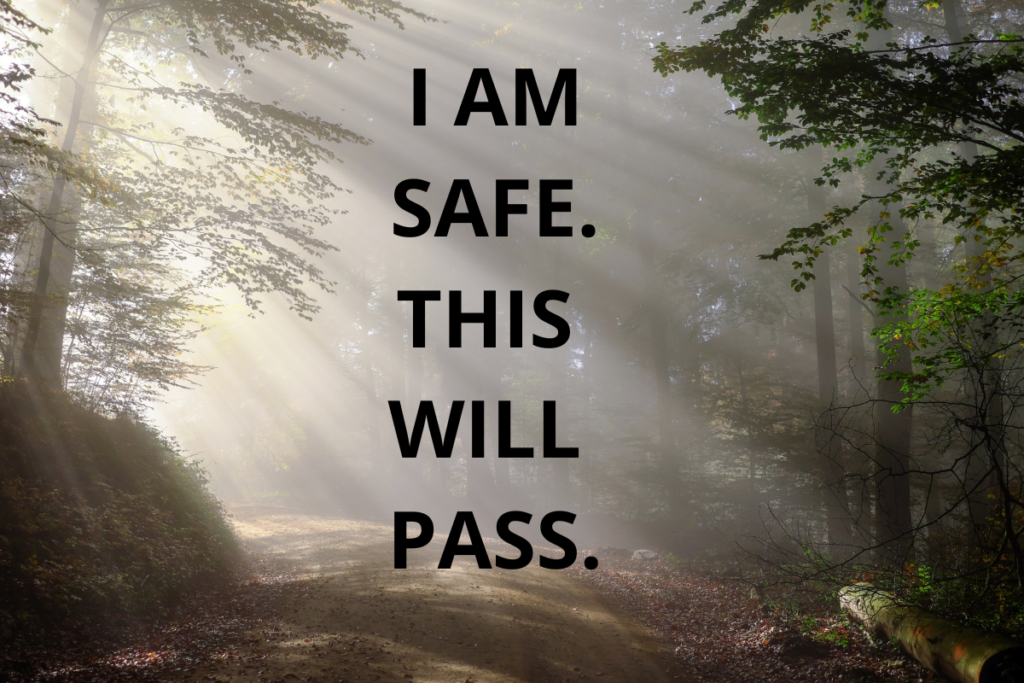
11. The 3 3 3 Anxiety Trick
The 3 3 3 anxiety trick involves naming three things you see, and three things you hear, and then moving two parts of your body and feeling one part of your body. This technique can help to distract the mind from anxious thoughts and promote a sense of calm.
Similar to the 3 3 3 rule, the 3 2 1 anxiety trick involves focusing on your surroundings. To use this technique, you need to name three things you see, then two things you hear, and finally, one thing you feel. This technique can be used in any situation to help manage anxiety symptoms.
12. The 4 7 8 technique for anxiety
The 4 7 8 technique is a breathing technique that can help manage anxiety symptoms. To use this technique, you need to inhale through your nose for four seconds, hold your breath for seven seconds, and then exhale through your mouth for eight seconds. This technique can be repeated as many times as needed to calm your nerves and reduce anxiety symptoms.
In conclusion, anxiety is a common mental health issue that can have a significant impact on our lives. However, there are various coping techniques and tricks that individuals can use to manage their anxiety symptoms. In this article, we discussed several techniques, including the 3 3 3 rule, the 5 anxiety trick, the 4 A’s of anxiety, and the 4 7 8 technique. We also shared personal accounts of how individuals overcame their anxiety without medication and provided helpful resources for individuals who are looking for low-cost therapy. By trying out these techniques, individuals can take control of their anxiety and live a more fulfilling life.
Further reading:
- National Institute of Mental Health. (2021). Anxiety disorders. Retrieved from https://www.nimh.nih.gov/health/topics/anxiety-disorders/index.shtml
- American Psychological Association. (2017). Understanding and managing anxiety. Retrieved from https://www.apa.org/topics/anxiety
- Mayo Clinic. (2021). Anxiety disorders. Retrieved from https://www.mayoclinic.org/diseases-conditions/anxiety/symptoms-causes/syc-20350961
- Get Self Help https://www.getselfhelp.co.uk/search/?search_field=anxiety
